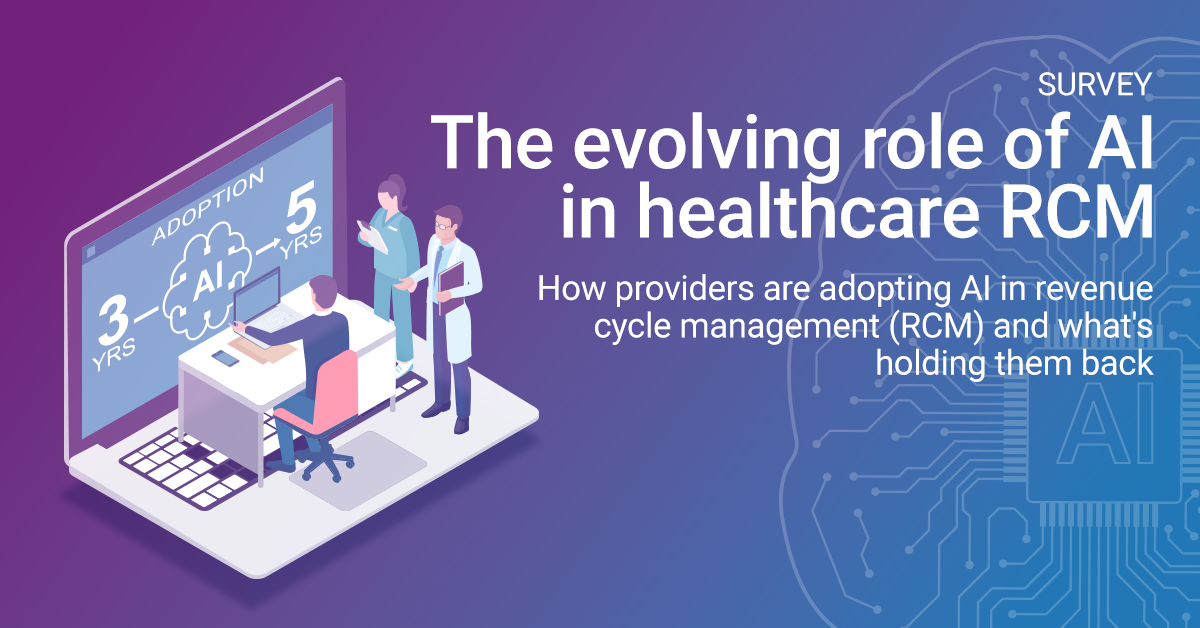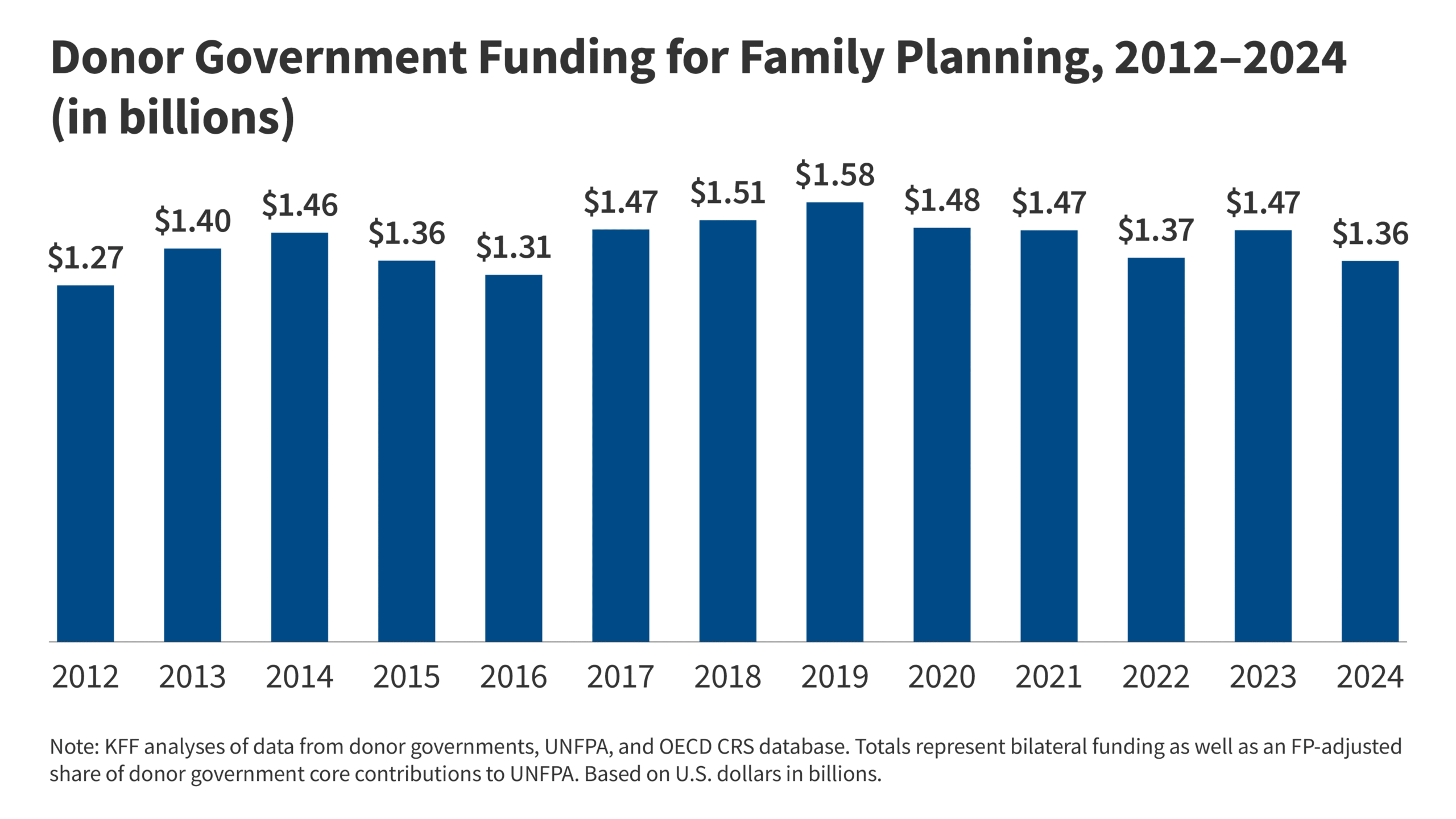Abstract
In recent years, 16 states have launched or are preparing to launch auto-IRA programs that require employers without a retirement plan to auto-enroll their workers in an IRA. Although studies have begun to document outcomes in the nascent auto-IRAs, less attention has been paid to their interaction with other safety net programs, particularly Medicaid. This project uses a simulation model to explore whether low- and middle-income households will delay or forego Medicaid recipiency because of their new auto-IRA savings. Specifically, it estimates how many Medicaid-free years future households could buy with their auto-IRA balances if a national program had launched in 2019.
The paper found that:
- Workers without a college degree accumulate meaningful new savings in the hypothetical auto-IRA, although the magnitude is very sensitive to modeling assumptions.
- Younger cohorts in particular have time to build up sizeable balances that could delay Medicaid recipiency.
- Older cohorts have more modest balances and are unlikely to delay Medicaid.
- Regardless of age, most participants will still turn to Medicaid for Long Term Services and Supports.
The policy implications of the findings are:
- Under current policy, households with moderate auto-IRA balances will have a strong incentive to spend down their savings to qualify for Medicaid.
- Alternatively, states could adapt their Medicaid asset tests to disregard all, or some portion of, auto-IRA savings.
Publisher: Source link










